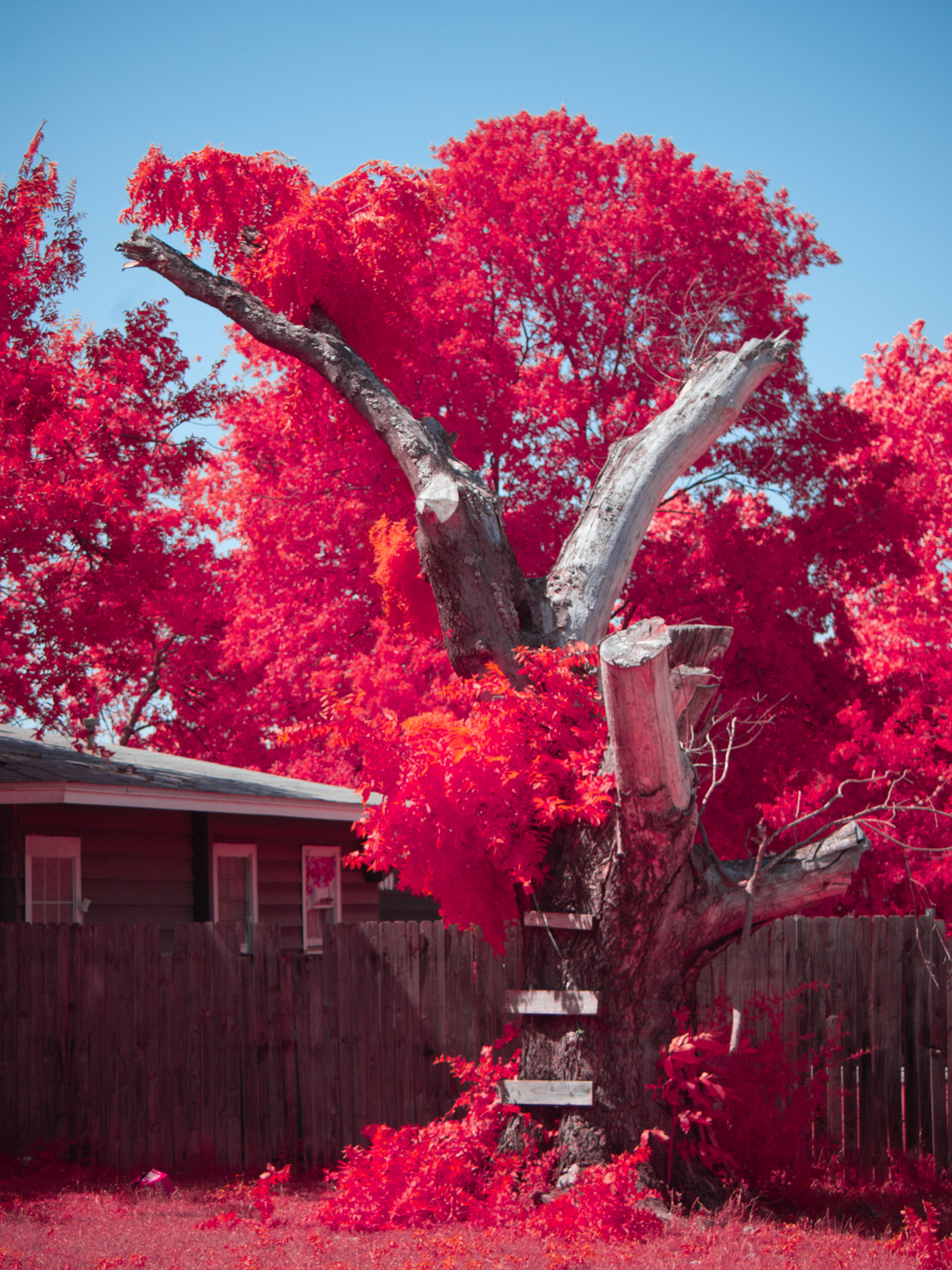this post was submitted on 03 Aug 2023
295 points (98.4% liked)
pics
19311 readers
143 users here now
Rules:
1.. Please mark original photos with [OC] in the title if you're the photographer
2..Pictures containing a politician from any country or planet are prohibited, this is a community voted on rule.
3.. Image must be a photograph, no AI or digital art.
4.. No NSFW/Cosplay/Spam/Trolling images.
5.. Be civil. No racism or bigotry.
Photo of the Week Rule(s):
1.. On Fridays, the most upvoted original, marked [OC], photo posted between Friday and Thursday will be the next week's banner and featured photo.
2.. The weekly photos will be saved for an end of the year run off.
Instance-wide rules always apply. https://mastodon.world/about
founded 1 year ago
MODERATORS
you are viewing a single comment's thread
view the rest of the comments
view the rest of the comments


But how?
So infra-red, is just another waveband of light, no different than red, green, blue, yellow etc..
Red is usually defined as being around 670 nanometers in wavelength but really could range any where from 660-700 depending on the sensor system.
Light in cameras like the one presented here are usually detected in an array of tiny detectors, some of which are already sensitive to near infra-red light. Near infrared light is in the range of 800-1100-ish nanometers, and some camera sensors are sensitive in this range. To deal with this, a 'hot' filter, or wratten filter is used to filter out the infrared light. So often, with a small screwdriver and a bit of patience and steady hands, you can disassemble something like an old canon digital camera to remove the wratten filter, and you'll get a camera that sensitive to the near infrared. So thats the basics of sensing, but now lets get into the plant physiology, and why plants are more responsive in the infrared than the red.
Think of a plant like a solar panel that is sensitive primarily to red light, and secondarily to blue light. These two critical wavebands are used to power photosynthesis. Plants 'appear' green, because this light is not used in the specific reactions for capturing photons and converting them to electrons. So when you see 'green' in a plant, its really light thats just not being used by the plant. THe plant is strategically absorbing red and blue light (rather than reflecting them). However, plants are in a bit of a pickle. They can't move when their photoreceptors become saturated, and need to deal with the fact that if their equipment for harvesting light becomes damage (usually through heat/ moisture stress), they'll die. Enter the mesophyll layer. The mesophyll layer is the inner region of a leaf, and is composed of two parts, the spongy mesophyll and the pallisade mesophyll. This layer has a very specific width, that allows for the scattering of infrared light. This width is established by having healthy, water filled mesophyll cells. When these cells lack turgor (are water stressed), they fail to scatter infrared light, and heat up, causing cellular damage.
Plants have adapted to scatter infrared light as a survival strategy based on the fact that they need to deal with excess energy they can't make use of hitting their leaves. Healthy plants scatter lots of infra-red light and appear 'bright' in the infrared because of this. Less healthy plants fail to scatter as much infrared light, and will appear darker in the infrared, which means they are absorbing that light (which isnt useful to them), and heating up.
Thats why plants appear bright in the infrared.
All spot on!
I will mention as an add-on that it's entirely possible to take IR photos using a standard camera and an IR filter such as a Hoya R72. The downside to this is that normal cameras don't take in much IR due to filtering so you have to do a long exposure. The image ends up mostly red (since the filter itself is very dark red in visible light) so you then just turn it monochrome. Skies become dark, foliage becomes bright.
It's all super cool and the best part is nobody can tell you you're wrong. You just make it look the way you want it to be.